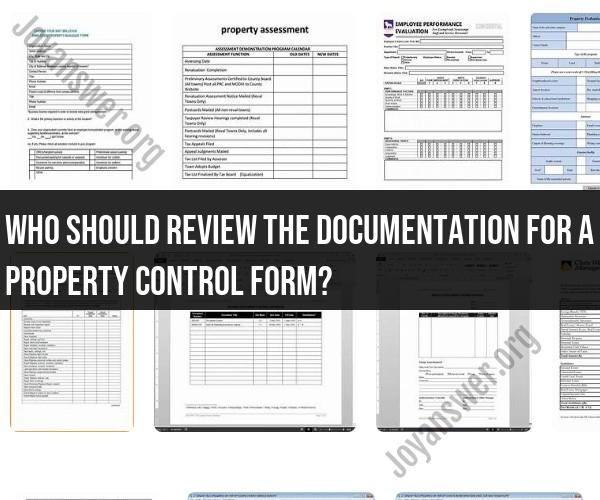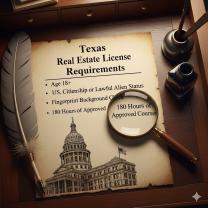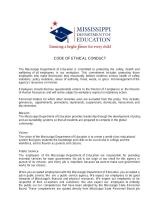Who should review the documentation for a property control form?
The review of documentation for a property control form typically involves multiple stakeholders to ensure accuracy, compliance, and accountability. The specific individuals or departments responsible for reviewing property control forms can vary depending on the organization's structure and procedures. Here are key parties who may be involved in reviewing such documentation:
Property Management Team:
- Property management personnel are typically responsible for overseeing the entire property control process. They play a central role in reviewing and managing property control forms to ensure that assets are properly tracked, maintained, and accounted for.
Asset Owners or Custodians:
- Individuals or departments responsible for specific assets should review the property control forms related to those assets. They can verify the accuracy of the information, including asset descriptions, serial numbers, locations, and conditions.
Finance or Accounting Department:
- The finance or accounting department may review property control forms to ensure that asset values are correctly recorded on financial statements and that depreciation is accurately accounted for.
Compliance and Audit Teams:
- Internal or external audit teams may review property control forms to assess compliance with accounting standards, regulatory requirements, and internal control policies. They also ensure that assets are not lost, stolen, or misappropriated.
Legal Department:
- In some organizations, the legal department may review property control documentation, especially for high-value assets or assets with legal implications.
IT Department (for Technology Assets):
- If property control forms pertain to IT equipment or software, the IT department may review them to verify asset information, licenses, and compliance with IT policies.
Supervisors or Managers:
- Department supervisors or managers may need to review property control forms for assets under their responsibility to confirm the need for those assets and their appropriate use.
Procurement Department:
- The procurement department may review property control forms for newly acquired assets to ensure that they align with approved purchase requests and budgets.
Human Resources (for Employee-Related Assets):
- HR departments may be involved in reviewing property control forms for assets assigned to employees, such as laptops or mobile devices, especially when employees join or leave the organization.
Quality Control or Maintenance Teams:
- For equipment or assets requiring regular maintenance or quality control checks, the respective teams may review property control forms to schedule and track maintenance activities.
Inventory Control Teams:
- If the organization has an inventory control department, they may participate in the review of property control forms to manage inventory levels and reorder assets as needed.
Internal Control and Compliance Officers:
- These individuals or departments oversee adherence to internal control procedures and compliance with policies related to asset management, including property control forms.
The specific review process and the individuals involved may be documented in an organization's asset management or property control policies and procedures. Effective communication and collaboration among these stakeholders are essential to maintain accurate and accountable records of an organization's assets.
Reviewing Documentation for Property Control Forms
When reviewing documentation for property control forms, you should look for the following:
- Accuracy: The information on the form should be accurate and up-to-date. This includes information such as the property description, serial number, and value.
- Completeness: The form should be complete, with all required information filled in.
- Compliance: The form should comply with all applicable policies and regulations. This may include policies and regulations related to property management, accounting, and security.
Who Should Be Involved in Property Control Form Reviews?
The following people should be involved in property control form reviews:
- Property manager: The property manager is responsible for the overall management of the property, including the control of property forms.
- Accounting staff: The accounting staff is responsible for maintaining accurate records of property assets.
- Security staff: The security staff is responsible for protecting the property from theft and loss.
- Internal auditors: Internal auditors are responsible for conducting independent reviews of the organization's operations, including property control procedures.
Ensuring Accuracy and Compliance in Property Documentation
To ensure the accuracy and compliance of property documentation, you should:
- Establish clear and concise policies and procedures for property control. These policies and procedures should be communicated to all staff members involved in property management.
- Develop a system for reviewing property control forms on a regular basis. This system should be designed to identify and correct any errors or omissions.
- Provide training to staff members on the proper completion of property control forms.
- Conduct regular audits of property control procedures to ensure that they are being followed effectively.
By following these tips, you can help to ensure the accuracy and compliance of property documentation.
Here are some additional tips for reviewing property control forms:
- Use a checklist to ensure that all required information is included on the form.
- Verify the accuracy of the information on the form against other sources of information, such as the property inventory and accounting records.
- Look for any suspicious or unusual activity, such as changes to the property description, serial number, or value.
- If you find any errors or omissions, bring them to the attention of the property manager or other appropriate personnel.
By following these tips, you can help to ensure that property control forms are accurate, complete, and compliant with all applicable policies and regulations.













